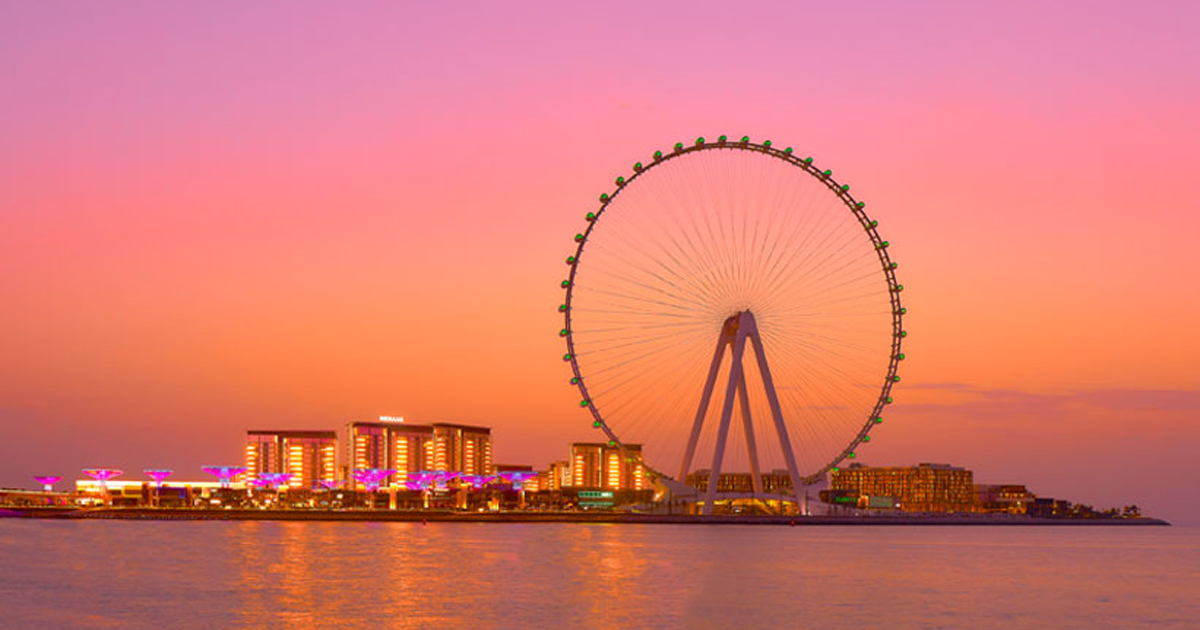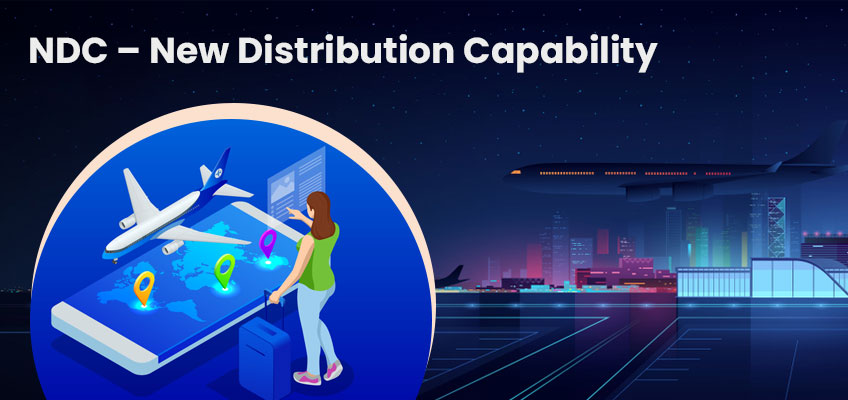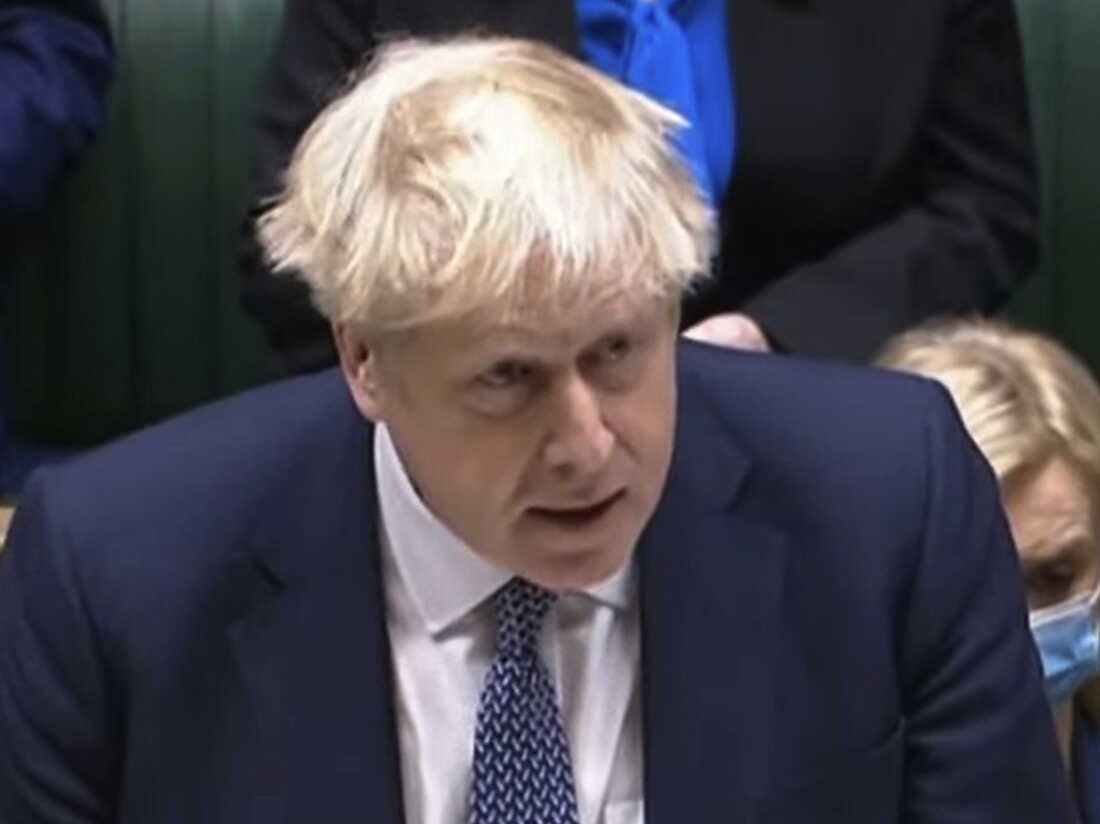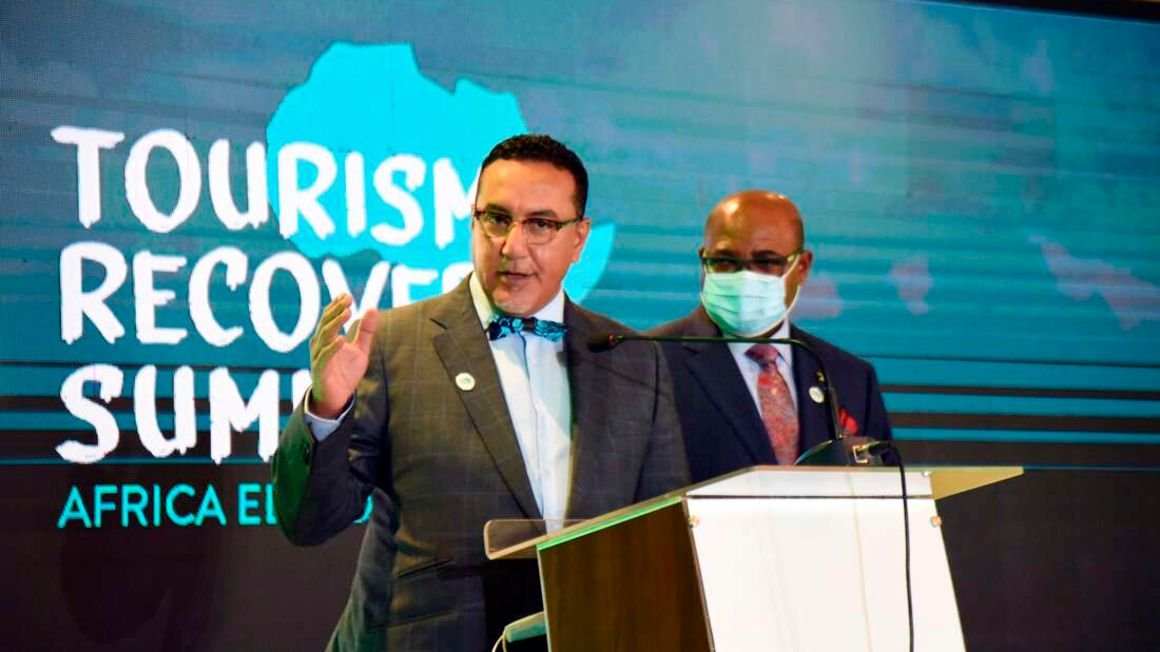Emirate ranks above global cities like London, Rome and Paris to clinch the top spot.
Dubai has been declared as the world’s most popular destination for 2022. This came as Tripadvisor released its Travellers’ Choice Awards for 2022: The Best of the Best Destinations.
The Emirate has been ranked ahead of global cities like London, Rome and Paris to clinch the top spot.
The awards honour travellers’ favourite destinations, hotels, restaurants, things to do, and beyond, based on the reviews and opinions collected over a 12-month period.
Describing the city, the travel platform writes: “Dubai is a destination that mixes modern culture with history, adventure with world-class shopping and entertainment. Catch a show at the Dubai Opera, see Downtown from atop the Burj Khalifa and spend an afternoon along Dubai Creek exploring the gold, textile and spice souks.
“If you’re looking for thrills, you can float above the desert dunes in a hot air balloon, climb aboard a high-speed ride at IMG Worlds of Adventure or skydive over the Palm Jumeirah.”
Dubai was among the first cities in the world to reopen to tourists after closing its borders to shut out Covid-19.
Winter is one of the best times to visit the city and an ongoing local campaign, Dubai Destinations, highlights the Emirate’s outdoor recreational and adventure activities.
In an interview with Khaleej Times, Issam Kazim, Chief Executive Officer, Dubai Corporation for Tourism and Commerce Marketing (DTCM), had highlighted how Dubai has reinforced its status as one of the world’s safest and fastest growing tourism destinations.
“Our proactive approach in successfully managing the pandemic allowed us to reopen the city to domestic tourists in May 2020 and international tourists in July 2020. Since then we have achieved steady growth and great momentum in the travel sector, with our latest data revealing that between January and October 2021, Dubai welcomed around 4.88 million international visitors, with international visitation in Dubai in October alone reaching over one million.
“When reviewing figures against pre-pandemic levels, hotel room inventory is now 6 per cent higher than 2019, showing how Dubai continues to lead the global tourism rebound and stimulate international business growth.”
Source: Khaleej Times






